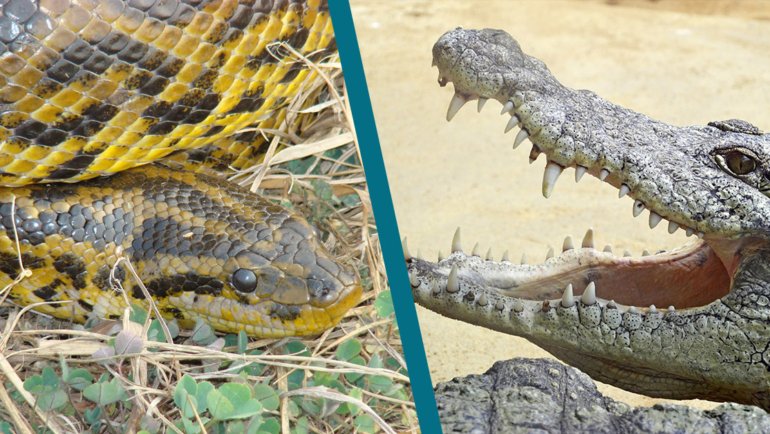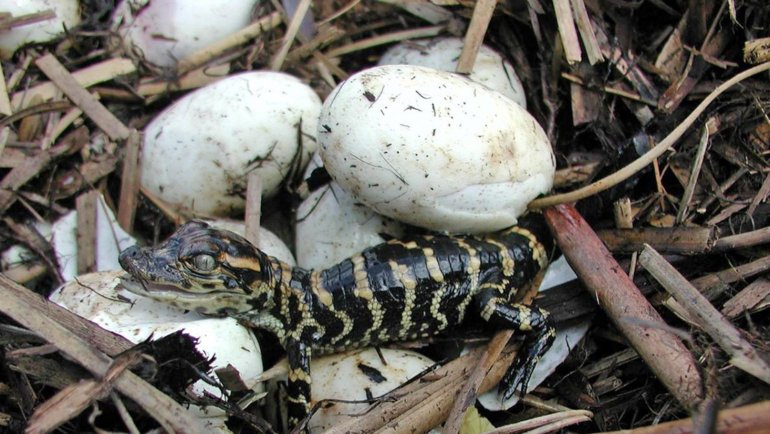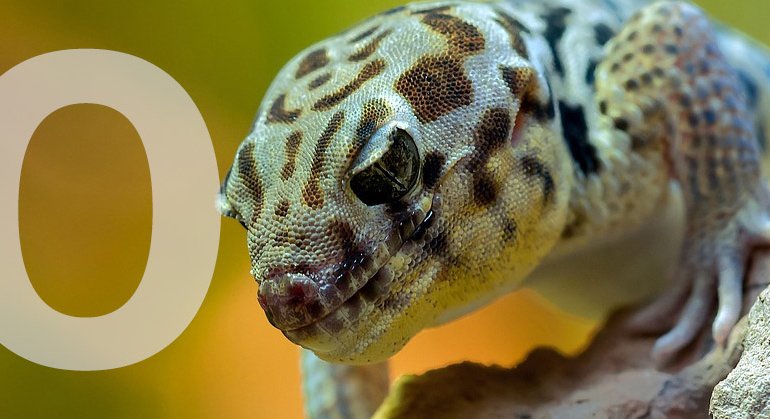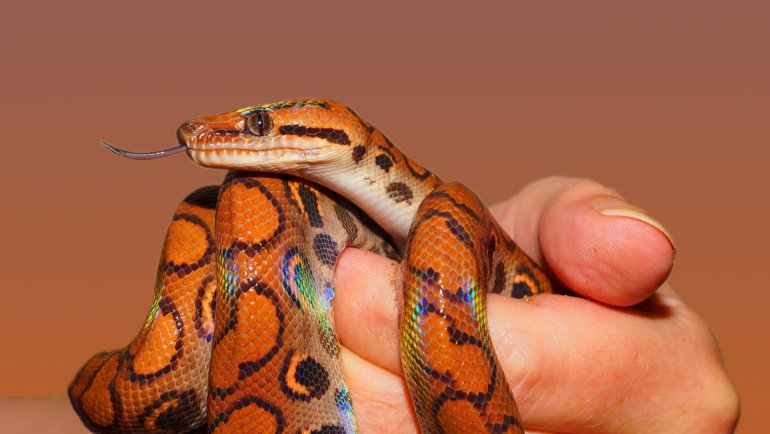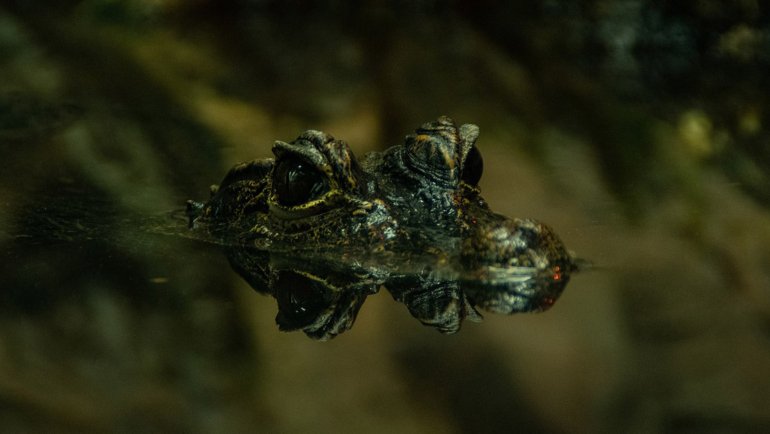Snakes are often seen as fearsome predators in the animal kingdom, but they also play a crucial role as prey for a surprising variety of animals. From birds of prey to mammals and even other snakes, many creatures rely on snakes as a source of food.
Understanding what eats snakes provides valuable insight into the complex predator-prey dynamics that help maintain balance in ecosystems. Let’s explore the fascinating world of snake predators and how these creatures hunt and consume snakes in the wild.
Birds of Prey: The Most Common Snake Predators
One of the most significant threats to snakes comes from birds of prey, also known as raptors. These birds have excellent vision, sharp talons, and strong beaks, making them highly efficient snake hunters.
Hawks
Most species of hawks, especially the red-tailed hawk, are natural predators of snakes. Hawks use their sharp talons to grab and kill their prey before consuming it. They often target smaller snakes, but they are capable of taking down larger ones if the opportunity arises.
Eagles
Eagles, particularly golden eagles and martial eagles, are powerful enough to hunt and kill large snakes, including venomous species. In parts of Africa, the martial eagle is known for its ability to take down large pythons. Eagles typically use their powerful talons to crush the snake’s skull or spine before consuming it.
Owls
Owls are nocturnal hunters that often prey on snakes during the night. The great horned owl is a well-known snake predator, using its silent flight and strong grip to catch snakes unaware. Owls typically hunt smaller snake species, but they have been known to tackle venomous snakes as well.
Secretary Birds
Native to Africa, secretary birds are famous for their ability to kill even the most venomous snakes. With their long legs, they stomp on snakes to immobilize them before using their sharp claws to rip the snake apart. This unique hunting style makes them one of the most efficient snake predators in the animal kingdom.
Also read: What Do Snakes Eat? All About Their Diet and Favorite Food
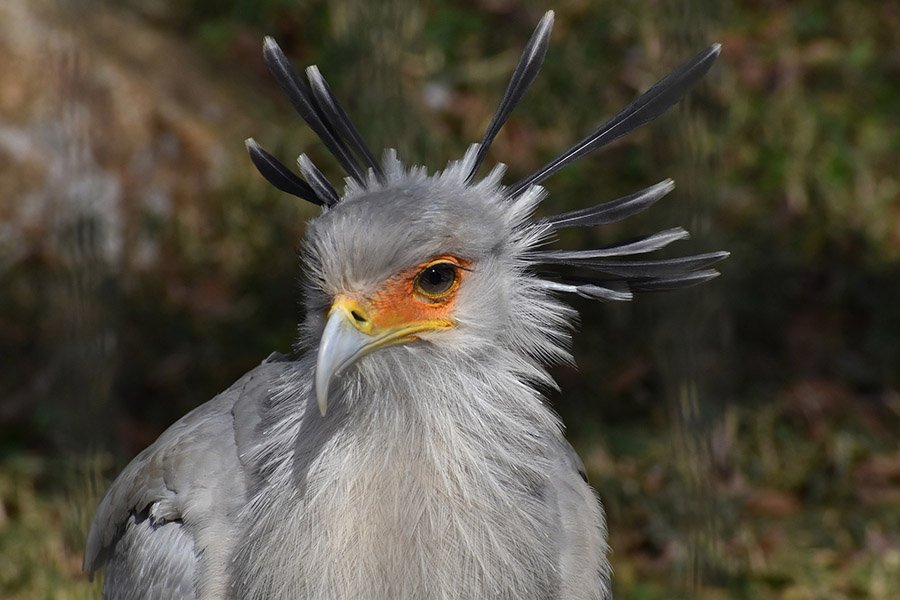
Mammals That Eat Snakes
Several mammal species have adapted to include snakes in their diets. These animals have unique hunting strategies and defenses that allow them to handle snakes safely.
Bobcats
Bobcats are medium-sized wild cats found in North America. These animals are naturally skilled hunters with excellent senses of smell and eyesight. Their thick fur makes it difficult for snakes to latch on and inject venom, giving bobcats an edge over their prey. Bobcats primarily target smaller snakes but will take on larger ones if necessary.
Mongooses
Mongooses are one of the most well-known snake predators. Found in Asia, Europe, and Africa, they have a natural resistance to snake venom, making them highly effective hunters. Mongooses use their agility to dodge snake strikes and typically aim for the snake’s head to deliver a fatal bite.
Honey Badgers
Honey badgers are fearless predators that will eat snakes, including highly venomous ones like puff adders. They have thick skin and a remarkable tolerance to venom, allowing them to survive snake bites. Honey badgers are known for their relentless and aggressive hunting behavior, making them formidable snake predators.
Wolverines
Wolverines are powerful mammals found in Europe, North America, and Asia. Known for their strong jaws, wolverines have been observed killing snakes by biting them in half or crushing them with their teeth. Wolverines are opportunistic feeders and will eat snakes when other food sources are scarce.
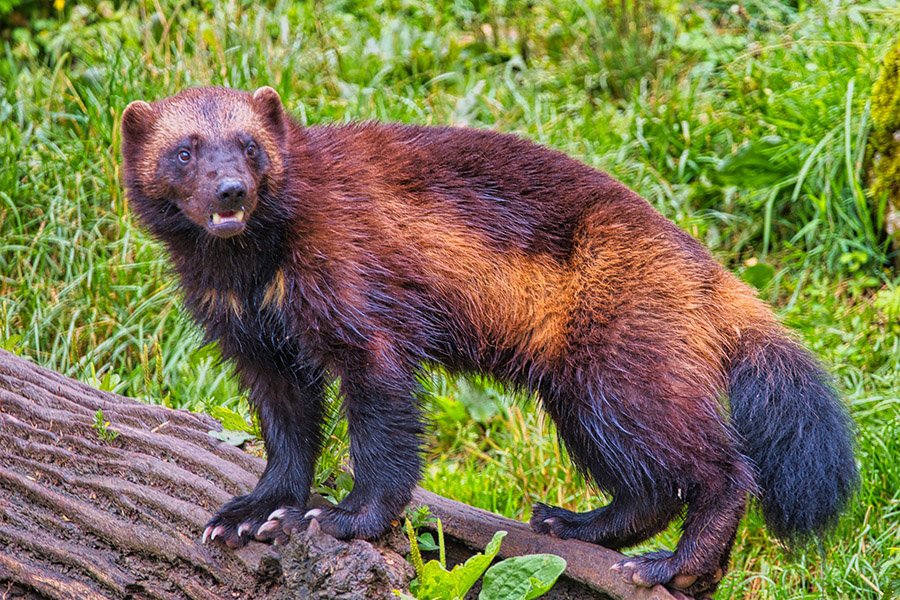
Coyotes and Foxes
In North America, coyotes and foxes will occasionally prey on snakes. These opportunistic predators often eat snakes they come across while hunting other small animals. They typically target smaller, non-venomous snakes.
Raccoons
Raccoons are highly adaptable and will eat snakes if the opportunity presents itself. They use their dexterous front paws to pin down snakes before killing them. Raccoons are particularly known for preying on snakes near water sources.
Hedgehogs
As surprising as it may seem, hedgehogs are also snake predators. Their pointed spikes make it difficult for snakes to bite them, and hedgehogs have been known to attack and eat small snakes. They are particularly effective at hunting young or smaller snakes.
Opossums
Opossums are well-known predators of snakes, consuming both venomous and non-venomous species. Opossums have been observed hunting up to 12 different snake species. Interestingly, opossums possess a natural immunity to certain snake venoms, making them capable of surviving bites from venomous snakes.
Also read: Are Snakes Friendly? Do They Have Feelings & Do They Make Good Pets?
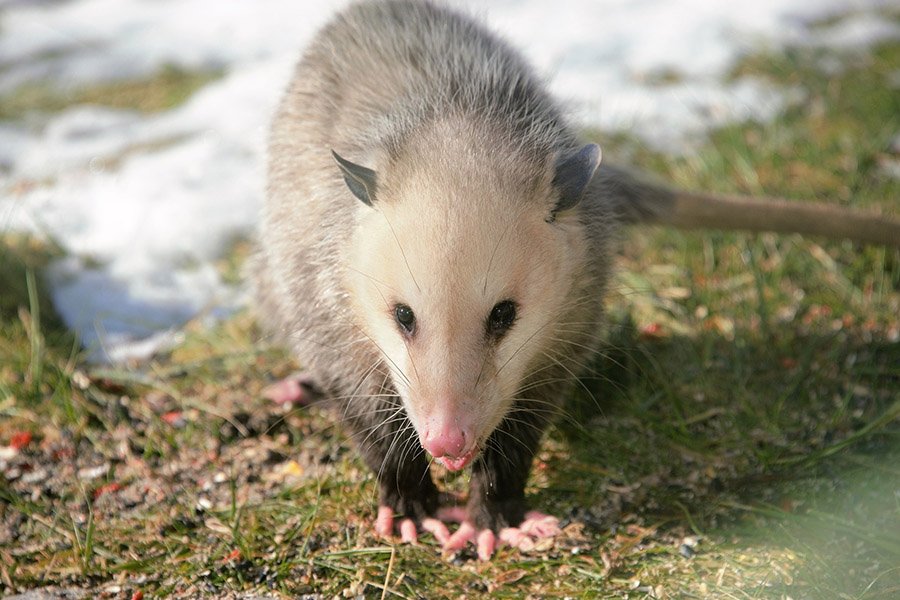
Reptiles That Prey on Snakes
Some reptiles, including other snakes, will hunt and eat snakes as part of their diet.
King Snakes
King snakes are well-known for their ability to hunt and consume other snakes, including venomous ones like rattlesnakes. They are immune to the venom of many other snake species, making them formidable snake predators. King snakes use constriction to subdue their prey.
Crocodiles and Alligators
Crocodiles and alligators are opportunistic feeders that will eat snakes if they encounter them. Their thick skin prevents them from being poisoned by snake bites. In some cases, snakes have been found in the stomachs of large crocodiles and alligators, especially in regions where both species coexist near water bodies.
Amphibians and Fish That Eat Snakes
While less common, some amphibians and fish are capable of preying on snakes, particularly smaller ones.
Frogs and Toads
Large frogs and toads, such as the bullfrog, have been known to eat small snakes. These amphibians use their sticky tongues to grab snakes and swallow them whole.
Catfish and Other Large Fish
In freshwater environments, catfish and other large predatory fish have been documented consuming water snakes. These fish are opportunistic feeders that will eat almost anything that fits in their mouths.

Invertebrates That Prey on Snakes
Although it might seem surprising, some insects and arachnids are capable of killing and eating snakes, particularly young or small ones.
Centipedes
Large centipedes, particularly Amazonian giant centipedes, are known to prey on small snakes. These centipedes use their venomous claws to immobilize their prey before consuming it.
Spiders
Certain spiders, like the Brazilian wandering spider, have been observed preying on small snakes. These spiders inject venom that paralyzes the snake before consuming it.
Humans as Snake Predators
Humans have been hunting snakes for thousands of years for various reasons, including food, medicine, and fear.
Snake Hunting for Food
In many cultures, snakes are considered a delicacy. Species like pythons, rattlesnakes, and cobras are hunted for their meat. Snake meat is particularly popular in parts of Asia and Africa.
Traditional Medicine
In some cultures, snake parts are used in traditional medicine. Snake venom and other body parts are believed to have medicinal properties, though the effectiveness of these remedies is often debated.
Fear and Self-Defense
Humans often kill snakes out of fear or to protect themselves and their livestock. In regions where venomous snakes are common, people may kill snakes to prevent potential bites.
How Snakes Defend Themselves
While snakes have many predators, they also have several defense mechanisms to avoid becoming prey.
Camouflage
Many snake species rely on camouflage to blend into their surroundings and avoid detection by predators. Their coloration and patterns help them stay hidden in foliage, rocks, or sand.
Venom
Venomous snakes use their venom as both a hunting tool and a defense mechanism. A venomous bite can deter predators and, in some cases, kill them.
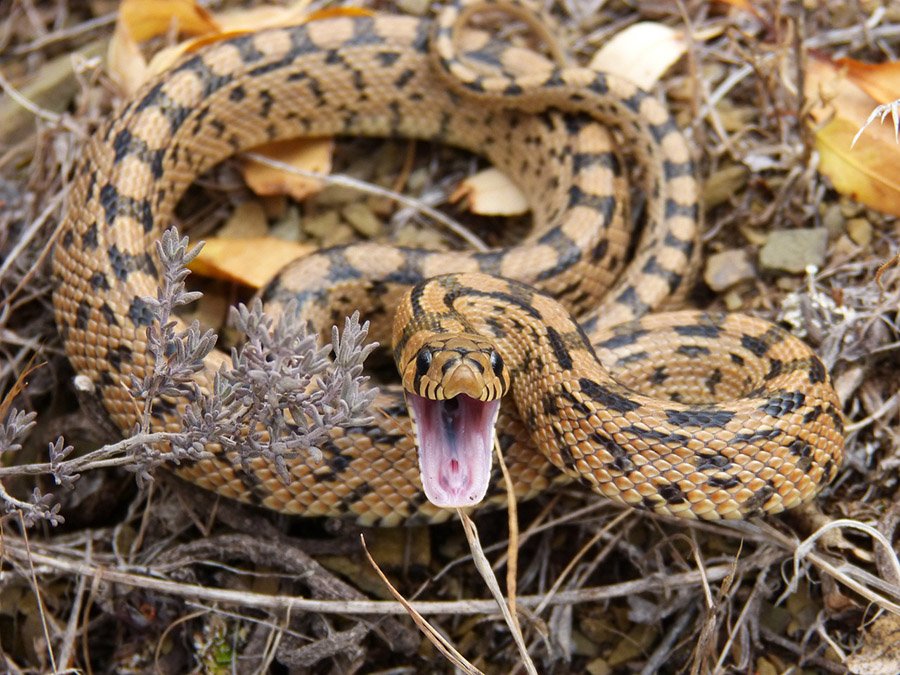
Constricting
Non-venomous snakes like boas and pythons use constriction to protect themselves. By wrapping their bodies around a predator or prey, they can immobilize it and prevent an attack.
Hissing and Threat Displays
Snakes often use hissing and threat displays to ward off predators. Some species, like the cobra, will spread their hoods to appear larger and more intimidating.
Conclusion
While snakes are formidable predators, they also play a vital role as prey in many ecosystems. Birds of prey, mammals, reptiles, amphibians, fish, insects, and humans all contribute to the natural balance by preying on snakes. Understanding the variety of snake predators provides valuable insights into the interconnectedness of life in the wild and the importance of preserving these complex relationships.
Frequently Asked Questions
What Eats Snakes in the Rainforest?
Snakes in the rainforest are prey to a number of animals that inhabit the rainforest. They include tigers, saltwater crocodiles, red-tailed hawks, Mongooses and the King Cobra.
What Eats Snakes in the Desert?
Snakes in the desert are hunted by predators such as coyotes, eagles, hawks, roadrunners and bobcats. These animals hunt and kill snakes for their food.
Are Snakes Apex Predators?
Snakes are not apex predators because there are many animals that prey on them. Apex predators are typically at the top of the food chain and have no natural predators. However, some species of snakes may be classified as apex predators, one of which is the King Cobra.
What Bird Eats Snakes?
Birds that eat snakes include the red-tailed hawk, owls, laughing falcons and secretary birds. Most of these birds are natural predators of snakes and enjoy eating a wide variety of snake species.
Do Cats Eat Snakes?
Cats have been known to kill and eat snakes. Cats can serve as a good deterrent for snakes, especially garter snakes and the gopher snake. However, snake venom can be dangerous to cats and is capable of killing them.
Can You Eat Snake Eggs?
Yes, you can eat snake eggs. Snake eggs are suitable for human consumption when cooked properly. They can be boiled, fried or smoked and have been said to contain a range of minerals and vitamins.
Do Lions Eat Snakes?
Lions do not eat snakes as they prefer to hunt larger animals like zebras, antelopes and wildebeests. However, they would attack and kill a snake if they came across one.
Do Moose Eat Snakes?
Mooses are not known to eat snakes. The world’s largest specie of deer, mooses are generally herbivores and eat forest shrubs, twigs, leaves, and barks.
Do Lizards Eat Snakes?
Lizards are not known for eating snakes. They prefer to feed on insects like crickets, spiders, termites and moths. However, larger species of lizards such as the monitor lizard have been known to eat snakes.
Do Tigers Eat Snakes?
Yes, tigers are capable of eating snakes. However, this does not happen frequently as they prefer to eat larger animals such as wildebeests and zebras.
Can a Ferret Kill a Snake?
Ferrets are capable of killing and also eating snakes. The ferret’s teeth are sharp enough to penetrate even the thickest snake skin and they kill snakes by inflicting damage on them through ferocious bites.
Do Bears Eat Snakes?
Bears do not normally eat snakes. On the contrary, they have been known to avoid snakes. However, in rare occurrences, a bear will eat a snake if confronted by one.
Do Foxes Eat Snakes?
Yes, foxes eat snakes. Foxes eat a number of animals including snakes, rabbits, rodents, and birds. Snakes such as rattlesnakes, black rat snakes and garter snakes are usually common prey for foxes.
